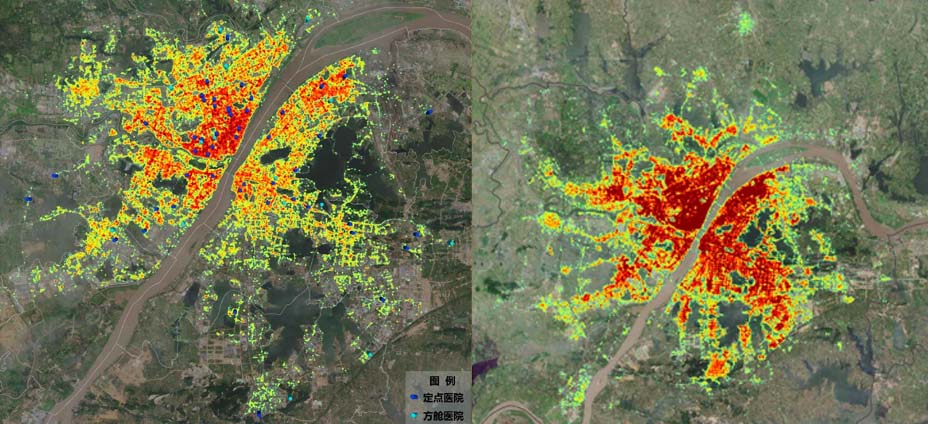EEA: Air quality and COVID-19
The lockdown and related measures implemented by many European countries to stop the spread of COVID-19 have led to a sudden decrease in economic activities, including a drop in road transport in many cities. To assess how this has affected concentrations of air pollution, the EEA has developed a viewer that tracks the weekly average concentrations of nitrogen dioxide (NO2) and particulate matter (PM10 and PM2.5).
Data from EEA member countries show how concentrations of nitrogen dioxide (NO2) — a pollutant mainly emitted by road transport — have decreased in many European cities where lockdown measures have been implemented.
Although a decrease in concentrations of fine particulate matter (PM2.5) may also be expected, a consistent reduction cannot yet be seen across European cities. This is likely due to the fact that the main sources of this pollutant are more varied, including at European level the combustion of fuel for the heating of residential, commercial and institutional buildings, industrial activities and road traffic. A significant fraction of particulate matter is also formed in the atmosphere from reactions of other air pollutants, including ammonia — a pollutant typically emitted from the application of agricultural fertilisers at this time of year.
Other factors, such as weather conditions, may also significantly contribute to the weekly reductions seen in pollutant concentrations. Conversely, changes in meteorology can also lead to increased air pollution, and coupled with the often non-linear relationships between changes in emissions and changes in concentrations, also explain why lower air pollution may not occur at all locations.
To see the data in full, please see the EEA COVID-19 website.
Image credit: https://info.inrosoftware.com/blog/wuhan-bikeshare-quarantine-data-report
